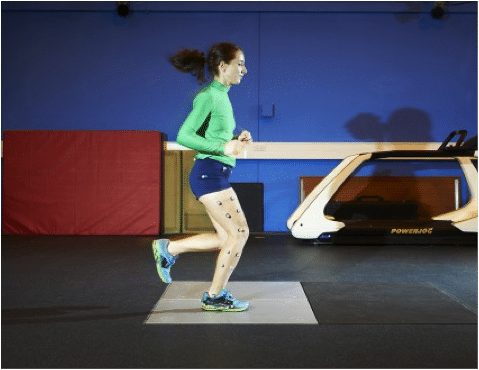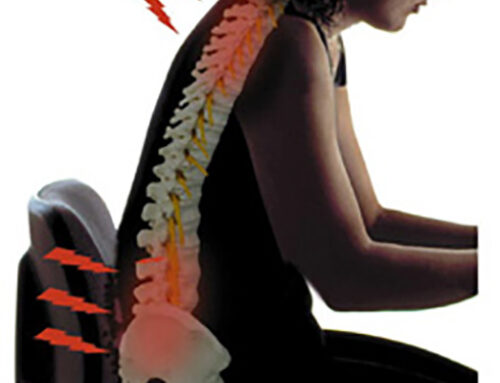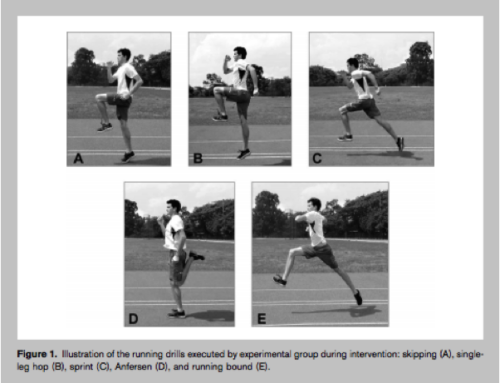Linking current research to running
By Nikki Reiter
With all the different types of running shoes on the market, have you ever stopped to wonder whether a softer or harder shoe truly affects how you run? Do they prevent injuries? Here I present how the qualities of the shoe midsole can relate to injury potential.
Perhaps you figure that the softer the shoe, the lesser the impact force? Well, this isn’t exactly the case. New research out of the University of Calgary (a powerhouse in footwear research) investigated how ankle and knee joint stiffness is affected by shoe midsole hardness. The idea is that increased joint stiffness would translate into a harder landing, which may increase impact shock. While we still don’t know that impact shock causes injuries, the accumulation of shock on unsound bodily structures can possibly lead to further injury.
Here’s how it went: 93 runners ran (heel-toe) along a 30m runway, with soft, medium and hard midsole shoes. Impact forces and joint stiffness of the ankle and knee were evaluated.
The result: Impact peaks increased as the shoe midsole hardness decreased (i.e. a softer shoe). Also, the ankle and knee joints became stiffer (greater activation of muscles crossing the joints) in order to compensate for the softer interface of the foot with the ground. The knee joint for female participants was more greatly affected by the softer midsole.
What this means: The increased joint stress incurred by a softer midsole shoe provides some consideration for shoe selection for individuals with ankle or knee injuries. Note that ‘neutral’ shoes are typically more cushioned/softer than ‘stability’ shoes.
A final comment: When running, we are able to optimize the environment in which we run to promote as safely a landing as possible – to a degree. We can alter our muscle activation, stride rate or landing velocity in order to minimize impact forces, but only to a certain point. By changing (increasing) the midsole hardness of our shoes, we could potentially decrease the stress on our lower limb joints, especially the ankle. This presents something to consider if you cannot seem to shake that pesky ankle or knee pain.
—
Nikki Reiter is a Biomechanist and certified NCCP Performance Coach in Endurance Running.





Leave A Comment